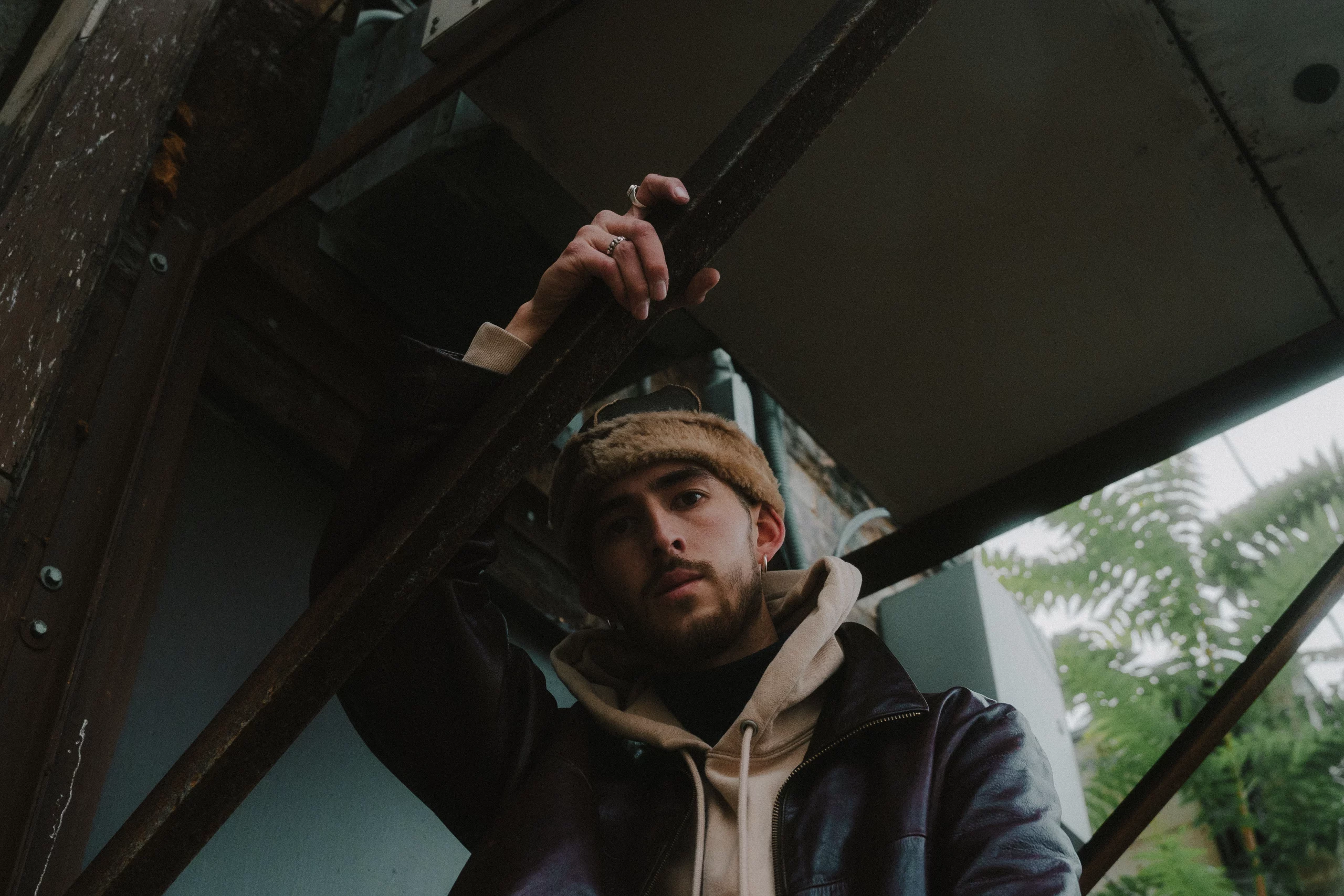PURÉ.NATION.VISUALZ: Creating Photographic Dreams
Art
Diego Rizo‘s photography work under the moniker of PURÉ.NATION.VISUALZ exists in a dreamlike, nostalgia-tinted world. Documenting the arts, music and nightlife scenes around Salt Lake City in addition to their prolific concert photography, Rizo’s imagery feels like the head-addled haze of a never-ending party. Find an interview with Rizo about their work below, and follow the artist on Instagram @pure.nation.visualz for more.
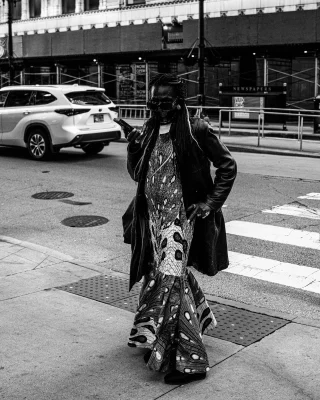
SLUG: Can you please outline your history with photography? When did you start shooting, and how did it grow to the place it is today?
Diego Rizo: I started shooting photos back towards the middle/end of middle school. It started off with just taking photos with my iPod. They were not that great, but I liked capturing a moment. I would take street photography, lowrider [and] nature photos at first … Eventually, I grew more hungry for photography, now I had a job so I got a Nikon d3200. It wasn’t the best for lowlight, though, and I was starting to get interested in concerts. So I kept on using it sneaking it my camera trying to get a decent shot. This was right after high school. Eventually I secretly bought another camera this time a Sony I had that for a good bit shooting concerts fashion, etc whatever I could shoot. Slowly I began to progress and include graphic design elements to my work. Which I feel elevated where I was at. I was getting media passes here and there. And I upgraded one last time my current camera which I’ve used for a few years Sony a6500. I kept practicing and evolving my style. Learning video and other techniques. I am definitely not even close to where I want to be but I look at my old work and I’m amazed at how far I’ve come. I don’t think you should ever glove up on your dreams because you are your biggest critique. Being told something isn’t good is a way to push yourself. If I listened to the people that told me it wasn’t possible I would not be here. Even now I struggle with hating my own work but not everything you photograph or do will be amazing. I just go out there and hope I get that one photo that will wow someone.
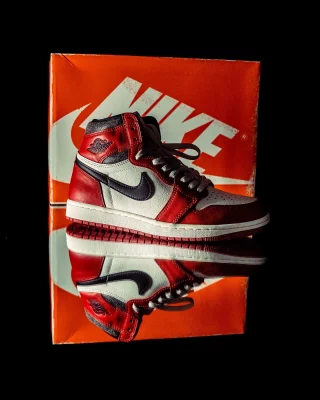
SLUG: Fashion and fashion photography feel like an important part of your work. Can you talk about your history in this world, and what your approach to these types of shoots is?
DR: Fashion is something I didn’t always do at first; I found it really hard and I still do sometimes. I started with photographing my friends and I still do because it fun and can be an amazing creative outlet when you have a creative block. Whenever I do these shoot I look for different angles and poses to make it interesting. I believe most of the work now has already been done in some way, so you got to find your way of interpreting it. My favorite kind of fashion photography is street, though—ain’t nothing better then catching that candid shot.
SLUG: Another significant section of your work is dedicated to concert photography. How do you impart your work here with its own visual stamp? When shooting a live show, what steps are you taking and what decisions are you making in order to get the best work here?
DR: When it comes to concert photography, I like to just vibe and let the photo come to me. I still love music and it’s something I love to experience live. My first show I photographed was No Vacation and Sales—still one of the best shows to this day. That’s when I feel I started to develop my style. I look at those photos still to this day as motivation. My style for concert photography is varied; I feel like it’s multiple styles that form one. I use a lot of graphic design in my concert work … I have become more critical about what I share and post now because I believe there is a difference between a photographer and an image maker. I learned that throughout my years. … It’s about you not the gear. Your creativity will push you.
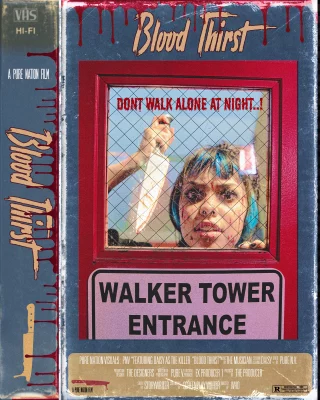
SLUG: I love the visual look of your photos—a very warm, orangeish tone to them and a vintage-y haze. Does this happen in camera or in your editing work? How did you arrive at this style, and what do you feel it adds to your work here?
DR: I have learned little tricks for how I shoot, and some of it is in camera and some of it is post. A lot of my work is both, but sometimes the image comes out that way. When I shoot, I take pic and sometimes I don’t like it. Once I started my edits that could switch and become the one. I love giving that vintage look. People ask me if I shoot film and, other then my Polaroids, no. I am too impatient for it. I thinl it’s a beautiful thing but I can’t wait. Sometimes I’ll stay up just to turn over something I really love.
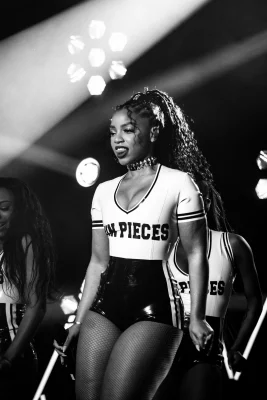
SLUG: In addition to your portrait work and work documenting concerts, a lot of your work centers around the local art/nightlife scenes. Can you please discuss your work here, and how this scene impacts your direction and artistry as a photographer?
DR: I do that a lot with my friends—they are really some of the most creative people here in the Lake. Whenever I shoot nightlife, I really enjoy this look where the light is following the motion of the camera, adding some really cool color/look. I also shoot just normal nightlife portraits with that film look added to them. I feel like that’s just something I enjoy doing. I don’t really think to much about it unless it’s a job, because you can’t experiment with client photos sometimes lol. My street photography I would say has the bigger influence.
SLUG: Looking toward the future—where do you want your work to grow? What projects/ideas do you currently have in the works?
DR: I would love to photograph a music festival, design a movie/tour poster, cover art and go on a tour with a musical artist. Right now I’m finishing a degree in graphic design but it is honestly a battery killer. It drains my creativity. I plan to finish but if something comes my way, I’m taking the risk. That’s what life is all about—taking that leap. I plan on doing a lot more video, making short films and maybe making a stop motion with my friend Malu, a creative mastermind. I’m honestly willing to take what comes at me. I will definitely put more thought and intention into my work though. I will definitely make more posters.
SLUG: Is there anything I might’ve missed that you wanted to bring up?
DR: Move with purpose, don’t waste the limited time we have. Thank you to my mom; it was hard at first but she pushes me to do better. Included my culture and others is a big part too.
Read more about photographers documenting Salt Lake’s independent art scenes:
Images of Trust: Maru Quevedo
Vanessa Holt: An Eye of the World
